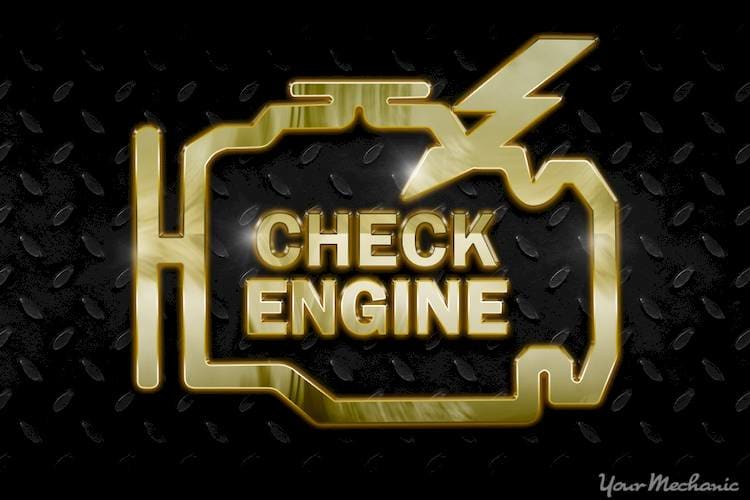P0048 Trouble Code definition
Turbo/Super Charger Boost Control Solenoid Circuit High
What the P0048 code means
This code has varied definitions as provided by the manufacturer. The code means that the ECU (Engine Control Unit) has detected an out of range or abnormal reading of too high operation in the turbocharger or supercharger boost control solenoid circuit. This code is related to the electrical circuit A as an area of the boost solenoid system circuit, as opposed to a particular malfunction or component.
What causes the P0048 code?
Vacuum system leak on the intake manifold or boost control
A defective air cleaner
The waste gate is stuck closed
Loose connection or bad gasket between the exhaust manifold and the turbocharger flange
A restrictive connection between the turbocharger and the air intake connection
A bad boost pressure sensor
Shorted or open wiring in the boost sensor circuit
Loose, corroded, or disconnected electrical connectors in the boost sensor 5-volt reference circuit
Damaged turbo charger (usually caused by internal oil leaks and oil supply problems which can lead to bearing failure and blade damage)
What are some of the symptoms of P0048 code?
How does a mechanic diagnose the P0048 code?
- Checks for the engine warning light that illuminates on the dash instrument display
- Uses an OBD-II scanner to find the code
- Resets the code and road tests the vehicle to see if the code returns
If the P0048 code returns, the mechanic should then follow this test procedure:
Inspect the turbo/super charger system with close attention to the solenoid valve and waste gate (could be be inoperative or stuck)
Inspect the wiring on the boost sensor and related wiring for loose connections, damaged wiring, or faulty sensor
Check the boost pressure during operation and driving for normal range of 9 to 14 PSI pressure (ensures that pressures is not erratic or too high)
Inspect the turbo charger for damaged blades, wobbly shaft rotation, worn bearings, oil leaks into turbo boost side, and correct control valve or waste gate operation
Common mistakes when diagnosing the P0048 code
Do not replace any component, assuming it is bad, without carefully inspecting the system. Be sure to flush all debris and obstructions from the turbocharger oiling system that can lead to repeated turbo failure related to the bearings on the turbocharger shaft. Replacing the turbocharger without complete testing of the by-pass valve or waste gate function and electrical circuitry is also the cause of common misdiagnosis.
How serious is the P0048 code?
This code is very serious and is usually preceded by the engine warning light coming on. It should be diagnosed as soon as possible to prevent engine internal damage or turbocharger failure. Minimize your driving until the problem can be repaired. If the vehicle operates very poorly, do not drive it further.
The vehicle can run roughly or erratically, backfire, have rich or lean fuel consumption problems, and operate in over or under boost conditions.
Often times, if the engine warning light comes on immediately at start up, the OBD- II system can be reset and the vehicle will operate normally.
What repairs can fix the P0048 code?
The P0048 code can be very confusing and mean that the boost is too high, or the output voltage to the ECU is too high. Simply eliminate this as a cause by checking to see if the boost pressure is in range and operating smoothly. Conditions under load are when this situation happens. The boost pressure sensor is very important to the fuel management system to control the quantity of fuel.
After some age and miles, the sensors fatigue and begin to gradually read out of range, usually requiring replacement. Mechanics often have the experience of working on so many vehicles that they can sense which components have a higher probability of failure.
Many vehicles with mileage over 100,000 have momentary sensor problems that usually occur during start up or prolonged stress situations on the drive train. If the engine warning light comes on and the vehicle seems to be operating normally, the OBD-II system can be reset using the scanner and the problem may not reoccur. This is why it is important to verify the fault and reset it before doing any repairs.
Need help with a P0048 code?
YourMechanic offers certified mobile mechanics who will come to your home or office to diagnose and repair your vehicle. Get a quote and book an appointment online or speak to a service advisor at 1-800-701-6230.
Check Engine Light
P0048
trouble codes





